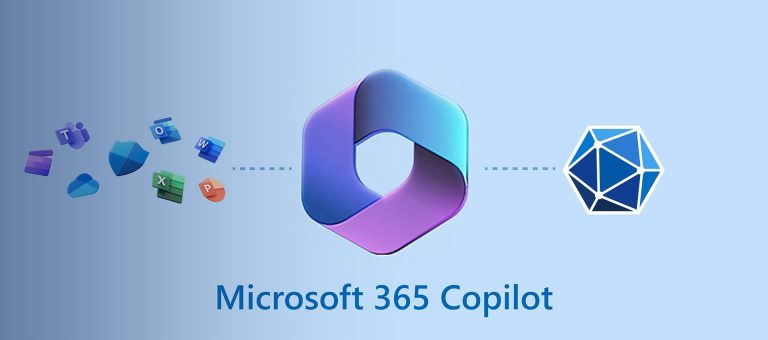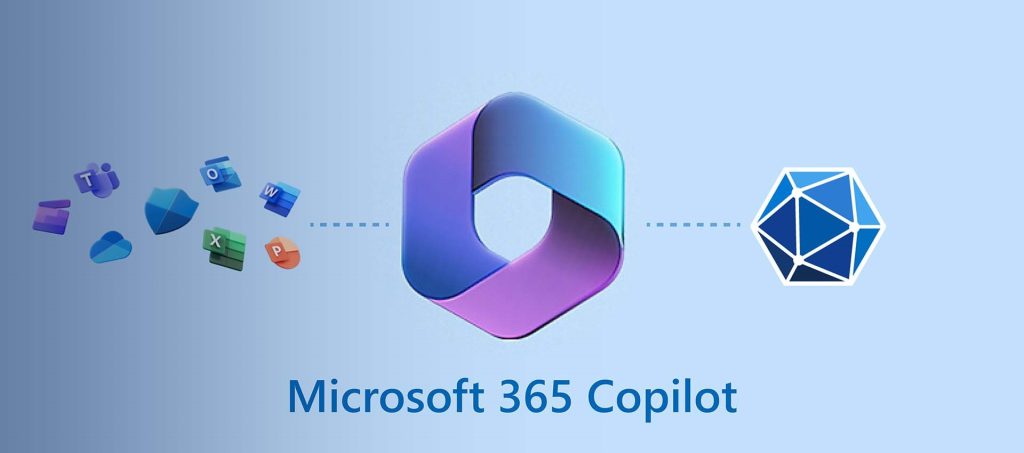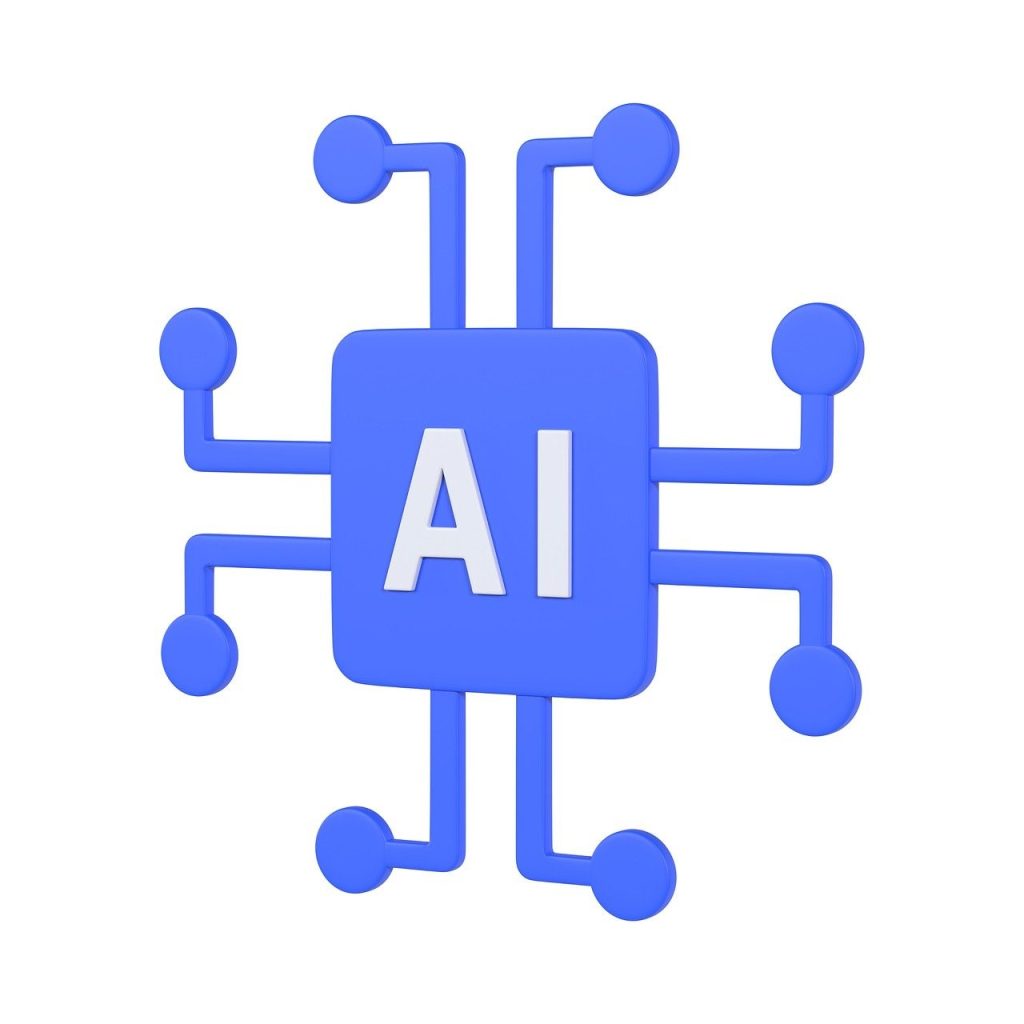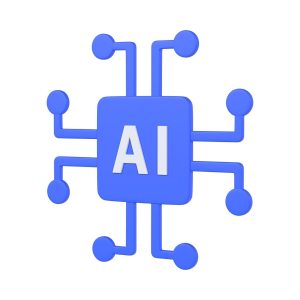The tech realm is in a state of perpetual change, and in my professional experience, I’ve seen the remarkable impact of artificial intelligence (AI) in the office environment. The launch of Copilot for Microsoft 365 has opened up unprecedented opportunities to boost efficiency, improve decision-making, and foster teamwork. In this detailed manual, I will guide you through each phase of safely integrating AI into your company, making the most of Copilot for Microsoft 365’s powerful capabilities.
Understanding the Role of Copilot for Microsoft 365
Artificial Intelligence has long been a popular topic within the technology sector, yet only recently have we seen its practical incorporation into professional utilities. Microsoft 365’s Copilot represents one of these incorporations, offering the potential to transform our engagement with routine office software.
Copilot is engineered to function as a savvy aid within the Microsoft 365 suite of applications. It delivers clever recommendations, streamlines everyday activities, and presents insights by leveraging AI technology. The concept revolves around delegating repetitive tasks to AI, freeing us to concentrate on our jobs’ innovative and strategic elements.
Recognizing the significance of Copilot goes further than just its functionalities. It involves appreciating the possibilities it presents for transforming work processes, boosting efficiency, and expanding the skills of all users. With a deeper comprehension of its role, we’re equipped to more effectively plan its integration and customize its features to meet the unique requirements of our organization.
A step-by-step guide to secure AI adoption with Copilot for Microsoft 365
Implementing advanced AI technology, like Microsoft 365’s Copilot, in an organization demands careful planning and execution. Below is a detailed guide to facilitate a safe and effective integration process.
Step 1: Assess Your Organization’s Readiness – Before embarking on the journey into artificial intelligence, it is essential to thoroughly examine the existing tech infrastructure and the willingness of the staff to adapt. Review the software’s suitability, and the employees’ receptivity to new tech advancements. This measure guarantees that the company is well-equipped for an efficient integration process.
Step 2: Define Clear Objectives – Determine your goals for implementing AI. Establishing precise targets aids in channeling your efforts and accurately assessing results. Goals can range from decreasing workloads and enhancing precision to promoting teamwork. Set objectives will steer the process of integrating AI.
Step 3: Develop a Strategic Rollout Plan – After establishing the foundation, it is crucial to devise a plan for the launch. This strategy should outline the stages of implementation, covering initial pilot programs, timetables for training, and comprehensive rollout. Adopting a step-by-step method facilitates ongoing feedback and fine-tuning, which promotes a more effective execution.
Step 4: Prioritize Security and Compliance – AI applications manage extensive datasets; thus, prioritizing security is essential. It is critical that the deployment of Copilot aligns with your company’s security protocols and follows applicable data privacy laws. This may require collaboration with IT experts to establish suitable protective measures.
Step 5: Provide Comprehensive Training – For AI to reach its full potential, users must be skilled in using the technology. Commit to extensive training programs that teach the operational steps of Copilot and include guidelines for its safe and productive application.
Step 6: Monitor and Optimize – Following the deployment, consistently oversee the utilization of Copilot to confirm it aligns with the established goals. Collect input from users, evaluate the system’s effectiveness, and carry out the required enhancements to completely leverage the capabilities of AI in your organization.
Training and resources for Secure AI Adoption with Copilot for Microsoft 365
The effectiveness of integrating AI is largely dependent on having access to educational tools and support. Microsoft provides abundant resources to assist individuals in becoming proficient with Copilot.
Microsoft’s Official Training Modules – Microsoft offers extensive training programs that walk users through the features of Copilot. These materials aim to assist teams in grasping the potential and the recommended methods for integrating AI within Microsoft 365.
Tailored Training Sessions – Think about creating customized training programs designed to meet your organization’s unique requirements and scenarios. Such programs can offer more targeted and pertinent content, which is guaranteed.
Continuous Learning Resources – The field of Artificial Intelligence and its various uses are constantly advancing. Ensure that your team remains informed about the most recent developments by offering them opportunities for ongoing education, including access to webinars, workshops, and e-learning platforms.
Maximizing the Power of Microsoft 365 with AI
To fully harness the potential of Microsoft 365 augmented with AI, it’s essential to embed Copilot across numerous aspects of your work.
Below are ways to achieve this:
Streamline Communication – Leverage artificial intelligence to enhance communication throughout the company. For instance, a tool like Copilot can offer replies to recommendations in Outlook, aiding in the more effective handling of email correspondence.
Enhance Collaboration – AI can greatly improve collaborative efforts by offering instant support while crafting and revising Word, Excel, and PowerPoint documents. Utilize these functionalities to boost both team efficiency and productivity.
Automate Routine Tasks – Determine which regular activities might be streamlined through AI automation. Copilot can assist with organizing schedules, inputting data, and crafting content, allowing you to allocate more time to tasks that require strategic planning.
Expert advice on Secure AI Adoption with Copilot for Microsoft 365
When considering the safe integration of AI through Copilot for Microsoft 365, it is prudent to consider the recommendations of specialists. Engage with experts with practical knowledge in deploying AI, attend sector-specific conventions, and engage in community discussions to collect valuable information and guidance.
It is advisable to engage with professionals in cybersecurity to guarantee that implementing AI in your operations does not put data protection at risk. The knowledge and experience they offer will be crucial for establishing the required security measures and procedures.
Looking Ahead
Looking to the future, the incorporation of artificial intelligence into Microsoft 365 is set to become increasingly smooth and powerful. We should anticipate improvements in fields such as natural language understanding, anticipatory data analysis, and tailored support. As experts in our respective fields, we must keep ourselves updated with these technological progressions to maintain our effective use of AI.
We can fully leverage its capabilities by recognizing its significance, implementing it gradually, and taking advantage of the training and support on offer. As we progress, we should welcome AI not merely as an instrument but as an impetus for creativity and career advancement.
The work environment of tomorrow is smart, and thanks to Copilot for Microsoft 365, we’re fully prepared to explore this thrilling terrain.

















